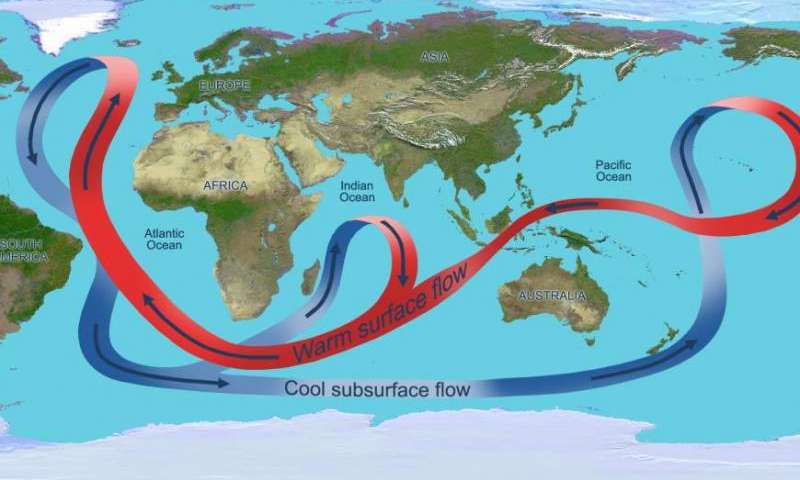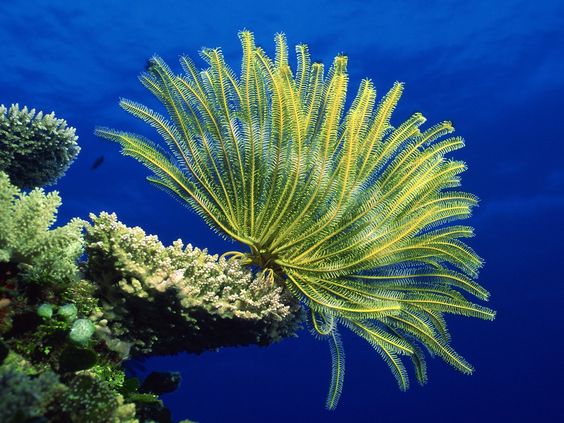 The team at Sea Save Foundation has around 4 billion reasons why we love and respect the ocean! This week, the Huffington Post published a nice synopsis of why everyone should love the ocean. The facts and details outlined in the article provide the public with some fascinating insight into the deep see and it’s wondrous creatures. Read more…
The team at Sea Save Foundation has around 4 billion reasons why we love and respect the ocean! This week, the Huffington Post published a nice synopsis of why everyone should love the ocean. The facts and details outlined in the article provide the public with some fascinating insight into the deep see and it’s wondrous creatures. Read more…
 The findings, presented this week at the annual American Geophysical Union Ocean Sciences conferences and recently published online in the journal Geophysical Research Letters, could help improve the future climate forecasts. According to Ryan Holmes, a graduate student at Stanford’s School of Earth, Energy & Environmental Sciences, “climate models don’t do a great job of simulating global ocean circulation because they can’t simulate the small scales that are important for deep ocean mixing”. The article describes the scientific methods used to determine and predict the ocean turbulence and the impacts that it will have on the Earth’s climate system. Read more…
The findings, presented this week at the annual American Geophysical Union Ocean Sciences conferences and recently published online in the journal Geophysical Research Letters, could help improve the future climate forecasts. According to Ryan Holmes, a graduate student at Stanford’s School of Earth, Energy & Environmental Sciences, “climate models don’t do a great job of simulating global ocean circulation because they can’t simulate the small scales that are important for deep ocean mixing”. The article describes the scientific methods used to determine and predict the ocean turbulence and the impacts that it will have on the Earth’s climate system. Read more…
 Scientists at James Cook University have researched the activity of female blacktip reef sharks. Their studies reveal that the females and their young stay close to shore over long time periods while the males only appear during the breeding season. This was the first study in the Pacific to show these results. This study highlights yet another importance of protecting the coastal habitats. Read more…
Scientists at James Cook University have researched the activity of female blacktip reef sharks. Their studies reveal that the females and their young stay close to shore over long time periods while the males only appear during the breeding season. This was the first study in the Pacific to show these results. This study highlights yet another importance of protecting the coastal habitats. Read more…
5. What Whales Do at Night

Have you ever thought about it? What do whales actually do at night? Scientists have studied whales for years but most of the research has been done from daylight observations. Last week, some associates with the New England Aquarium took a small boat out to observe the New Atlantic right whales. By using infrared cameras, the team was able to reveal temperature differences between healing and surrounding tissues in some of the right whales. There were hot spots on the heads of the whales could indicate infections. The whales were also seen skim-feeding, leaving a trail of cool spots on the ocean surface. Utilizing this new technology will continue to teach the world new details into the species. There are only 500 right whales left in the world and nearly 83% of the whales have been entangled in fishing equipment. Read more…





